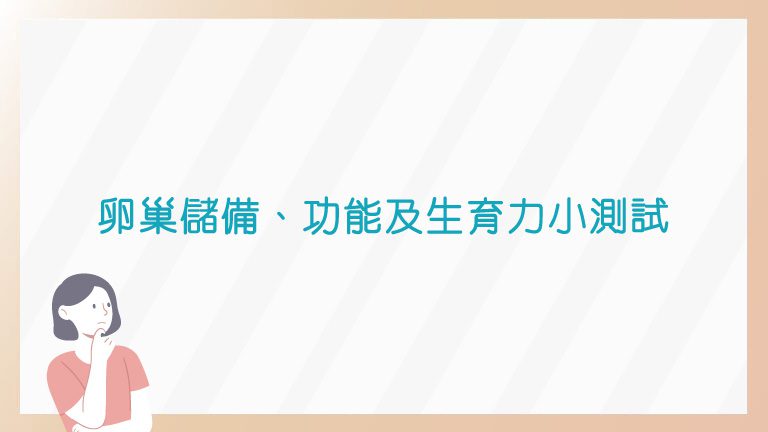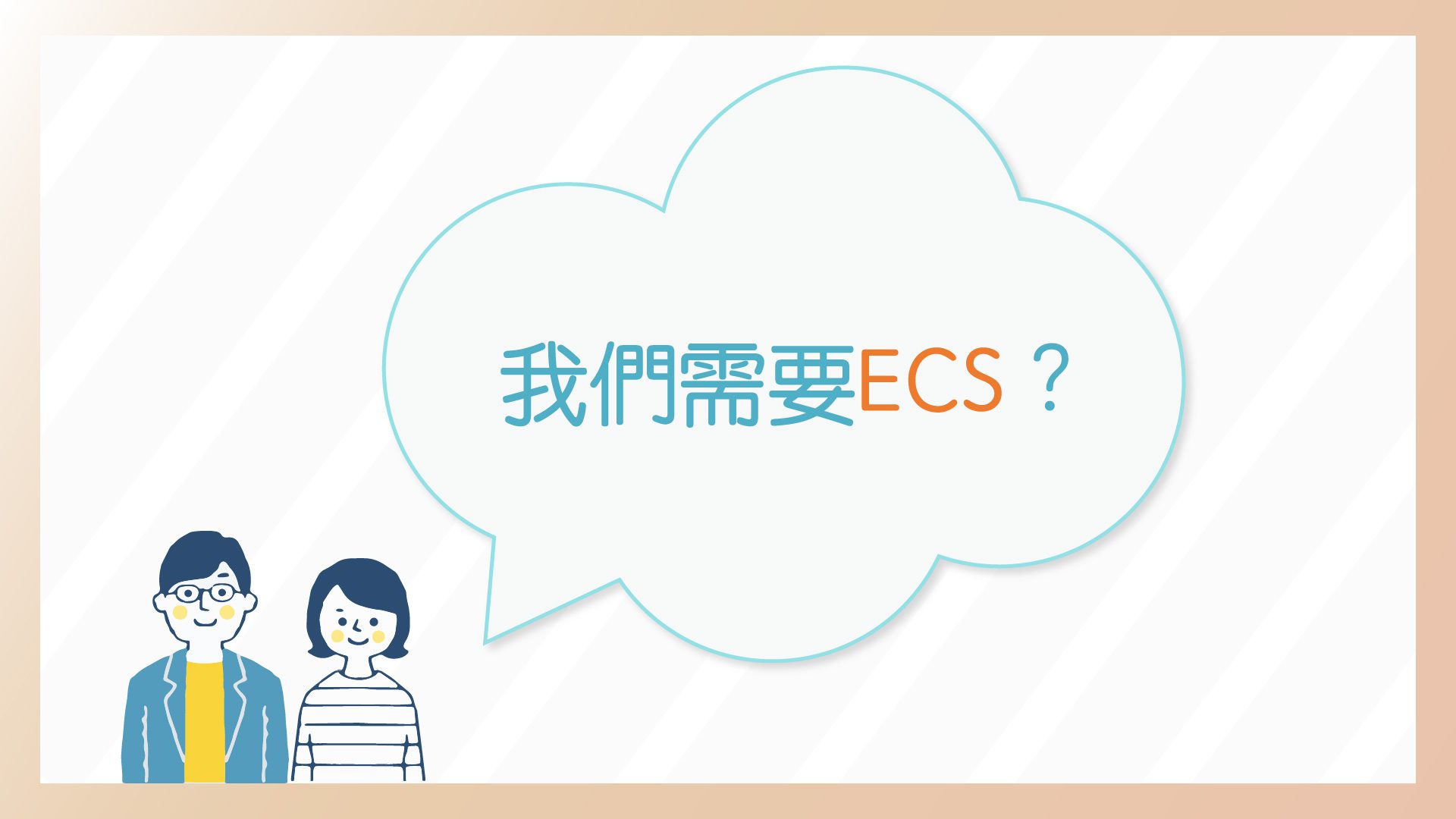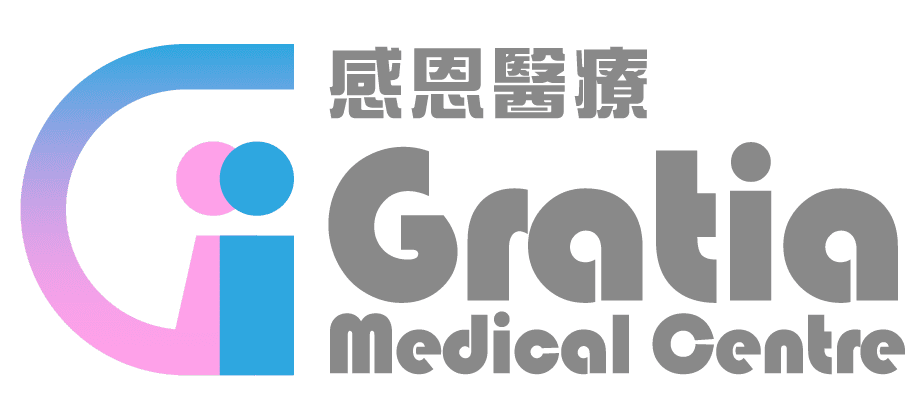“My doctor said my uterus aged 40-year-old now.” Many women wonder how we can tell how old the uterus is. In fact, we cannot tell the age of the uterus BUT we can check your ovarian reserve or “age of the ovary”.
Firstly, there is no such thing as age of the uterus or womb. As long as the uterus is normal, it is suitable to carry a pregnancy, at any age of the woman, even after menopause.
However, we can assess ovarian reserve by checking antral follicle count (AFC) on transvaginal pelvic ultrasound scan, blood tests for AMH (anti-mullerian hormone) and / or FSH (follicle stimulating hormone).
Antral follicle count (AFC):
To assess AFC, we need to perform a transvaginal scan (internal scan) at the start of menses, ideally on day 2- 5 of a menstrual cycle. We check the number of potential eggs that will develop in that month. More potential eggs mean a better ovarian reserve. For women aged less than 30 years, it is common to have a total of more than 15 antral follicles. While for those aged over 40 years, rarely we can find more than 5 antral follicles in total.
Anti-mullerian hormone (AMH):
AMH is a hormone produced by potential eggs. Checking AMH involve a simple blood taking. A higher value indicates a better ovarian reserve. AMH >= 15 pmol/l (2.1 ng/ml) indicates a good ovarian reserve; while AMH < 7 pmol/l (1ng/ml) indicates a poor ovarian reserve. The blood sample can be taken at any time of the cycle.
Follicle Stimulating Hormone (FSH):
FSH is a hormone produced by the brain to stimulate the growth of eggs in the ovaries. For those with a limited number of eggs such as perimenopausal women, the brain will secret more FSH to stimulate the ovaries. So a high level of FSH indicates a poor ovarian reserve. When FSH level is >25IU/L, it indicates menopausal range. The blood test can only be done at the start of a cycle. Elevated FSH level happens at a very late stage, and hence it cannot detect early decline of ovarian reserve.
Either AFC or AMH are recommended for assessment of ovarian reserve, as both have similar accuracy and can detect early decline. In order to check AFC, the woman needs to come for an internal scan at a specific time of the cycle. However, the ultrasound scan has an additional benefit that it can assess for other coexisting abnormalities of the uterus and the ovaries such as uterine fibroids, endometrial polyps or ovarian cysts.






